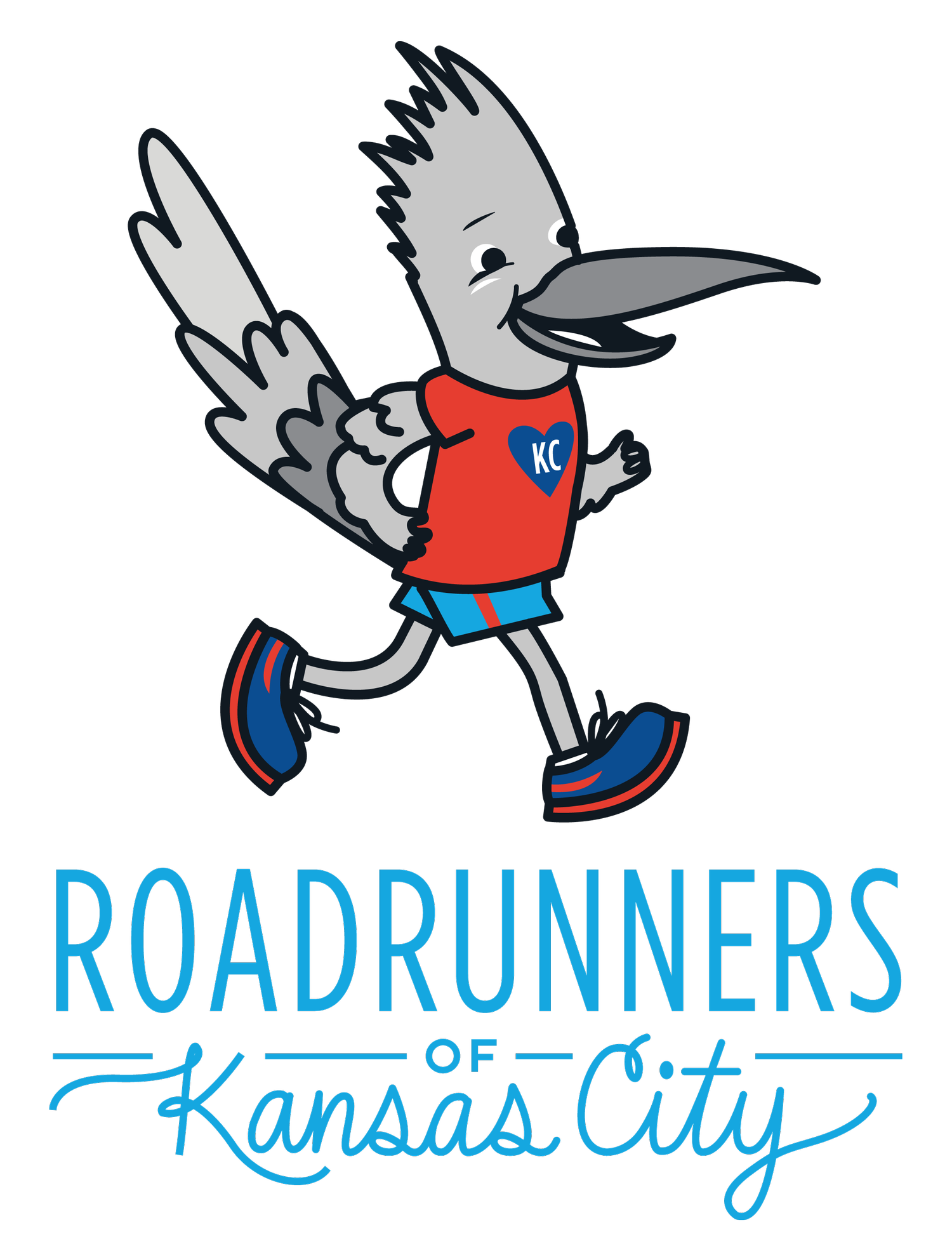How to Run in the Heat Safely!
/No matter what area we live in, the transition to summer in the United States can make running more challenging and even dangerous. The most demanding conditions are the heat and sun combined with either high humidity or high altitude. But why does it feel so bad to run in those first few weeks of the summer heat, and what can we do about it?
During this transition from spring to summer, our sweat glands increase in size and the rate they release sweat to help cool more efficiently and regulate core body temperature. This process takes time and exposure, and until that process is complete, running can feel awful because we are overheating.
How quickly we adapt depends on the frequency of exposure. It takes about ten days of continual exposure to adjust. Since we typically don't run ten days in a row, and it isn't always hot, humid, or sunny with every workout, expect 3-4 weeks to adapt.
So what should we do to run healthy during this transition and throughout the summer?
Hydrate, and don't skimp on the carbs.
Dehydration delays the sweating response! We will lose the battle if we start a run in the summer heat dehydrated. And especially during adaptation, when we can't sweat effectively yet.
Hydrate throughout the day, throughout the week, and even on rest days. During runs, drink 4-6 oz of fluid every 2o min. Join a run group that provides aid stations or carry hydration with you in a pack, waistbelt, or handheld bottle.
We can store fluids for future use, which is excellent news, but that requires adequate consumption of carbohydrates. To store 3-4 grams of water, we need one gram of unused carbohydrate (fuel not burned). Check out our article on Carbohydrates.
Fluid retention is a scary term for dieters, but it is essential for runners who train in the heat! For those with weight loss goals who plan to run in the heat, I highly recommend seeking help from a sports nutritionist.
Take in electrolytes.
Drinking too much water can lead to hyponatremia, which can cause seizures and coma. Keep sodium and potassium levels in check by alternating electrolyte drinks and water every two miles or 20 minutes.
When running in the heat for longer than 60 minutes, sip on electrolytes throughout the day before the workout. If you chug it, you will pee it all out.
Signs of Hyponatremia:
Nausea and vomiting.
Headache.
Confusion.
Loss of energy, drowsiness, and fatigue.
Restlessness and irritability.
Muscle weakness, spasms, or cramps.
Modify activity.
It is normal during this transition to feel like we are "dying," even when the pace is slower than usual. The most likely culprit is the heat, not lack of fitness. The harder we work, the more heat we create metabolically; this amplifies environmental heat stress, so don't push too hard or too far in these conditions until adapted. That means adjusting pace and volume for a bit.
Avoid high-intensity speed work
Adjust your distance/volume
Adjust your pace
Maintain an RPE of 5-6 or less
Monitor your heart rate
Rest/recover and walk as needed
The best way to acclimate is to decrease intensity temporarily. If RPE or heart rate is higher than average for the activity level, slow down, walk or cut the run short. Then, as adaptation takes place, gradually return to running at a higher intensity.
Manipulate the environment.
Sun combined with increased air temperature, and a lack of wind creates more demand on sweat glands. Wear clothes that provide some shade and relief from the sun. Run in shadier areas with good airflow.
Humidity decreases the ability of sweat to cool the body because it cannot evaporate well. Use topical cooling like ice in a hat or bra to keep core body temperature down. Cooling rags are not helpful in humid areas because they require evaporation.
Wear the right clothes.
Be careful of clothing that covers the skin. Make sure that it allows sweat to evaporate. Protect the skin from the sun with high SPF created for sport, and stick to shady routes when possible. Wear a visor or hat and sunglasses.
Be aware of medications.
Certain medications can decrease the ability to sweat properly. Please do not stop taking any meds prescribed by a doctor; only be aware that it may make it harder for the body to cool itself and take extra precautions.
antimuscarinic
anticholinergic agents
carbonic anhydrase inhibitors
tricyclic antidepressants
Monitor your body and know when to quit.
We are particularly vulnerable to heat-related illness when adapting. Still, we can suffer from these conditions even after adjusting if we don't prepare and follow the tips provided above. Become familiar with the signs and symptoms of heat stress and heatstroke.
Heat stress is potentially a medical emergency. STOP running. Call for help and get out of the elements as soon as possible. Apply cold compresses and sip on cool water and electrolytes. If symptoms do not subside or worsen, go to the emergency room or call 911. Signs of heat stress:
dizziness
nausea
weakness
irritability
headache
Heatstroke is hard to recognize in ourselves, so honoring the symptoms of heat stress is essential to prevent heatstroke. But we can monitor our run buddies for heatstroke. Call 911 if a run buddy exhibits these symptoms:
Confusion, altered mental status, slurred speech
Loss of consciousness
Hot, dry skin or profuse sweating
Seizure
It is always good to run with a phone to call for help. Running with a buddy or in a group can also improve your safety. There are many great running groups in the area, and some will allow you to drop in for a free trial run. Check out Roadrunners of Kansas City.
“Running in the heat of summer need not be dangerous or scary if you give yourself the time and grace to adapt and prepare. It will get easier! ”


